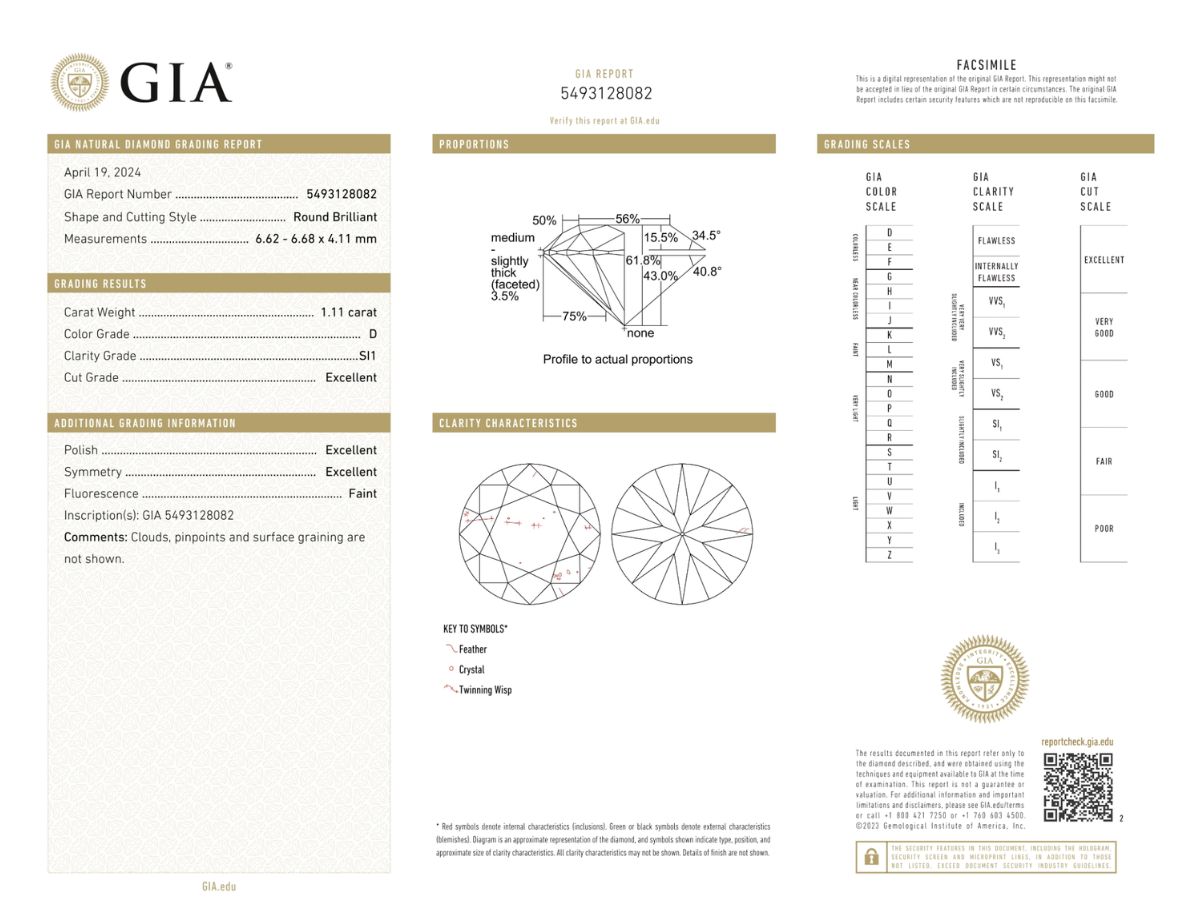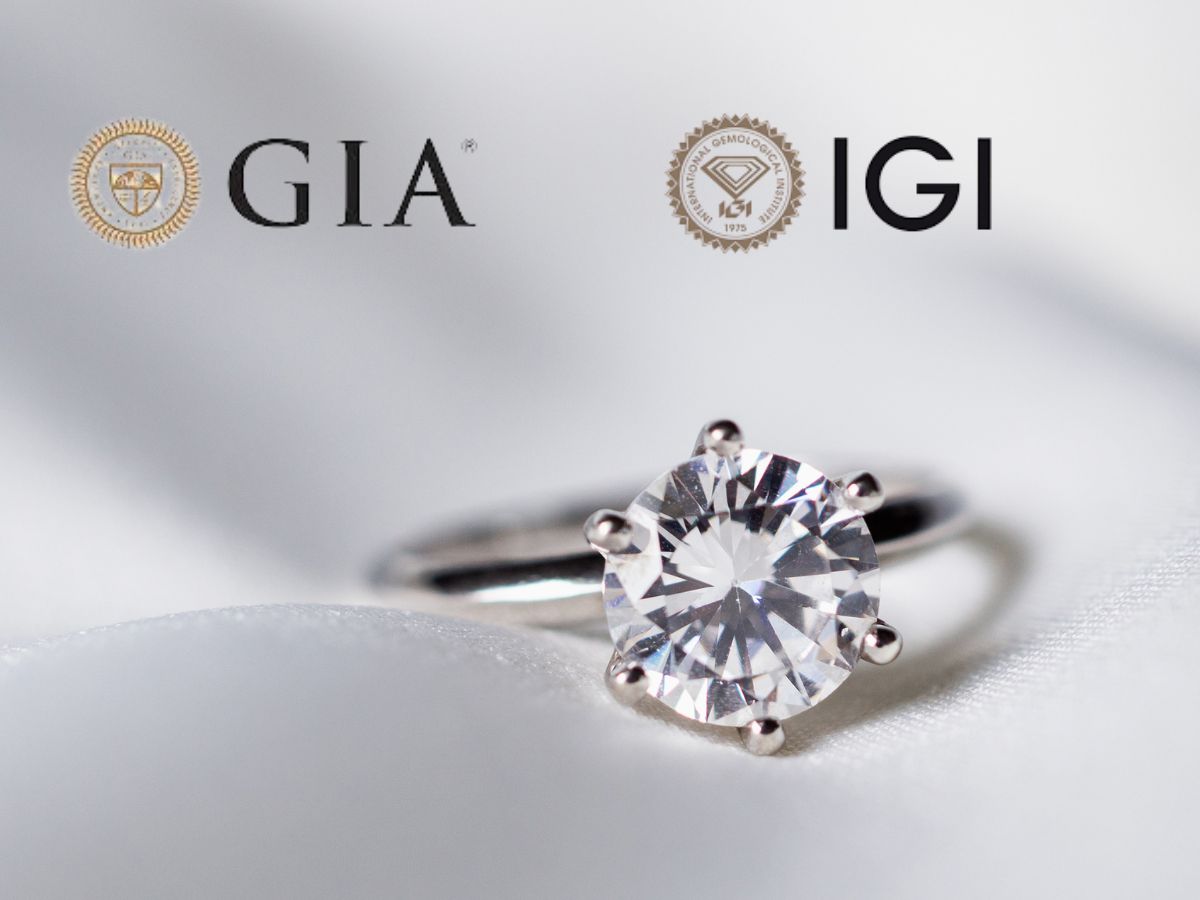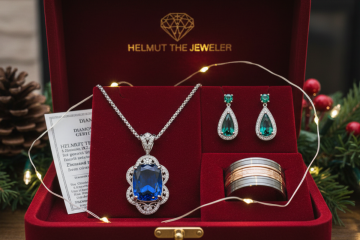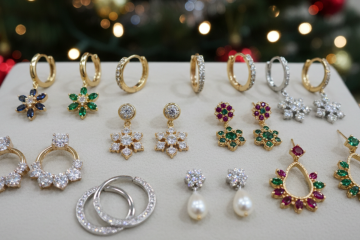Choosing the right engagement ring can feel like you are walking a tightrope. On one side, you want it to sparkle just right. On the other hand, you want to make sure what you are buying is truly what it claims to be. That is where diamond report comes in—your safety net when making one of life’s biggest purchases.
At HELMUT The Jeweler in Show Low, Arizona, we want you to feel confident in every choice you make, especially when it comes to your ring. Whether you are planning a surprise proposal, shopping with your partner, or simply doing your homework, this guide will help you understand what a diamond grading report is, why it matters, and how to verify it with ease.

What Is Diamond Report?
Think of diamond report like a report card for your diamond. It spells out the facts—cut, color, clarity, carat weight—without emotion, fluff, or sales pitch. It is issued by a laboratory after a diamond has been carefully examined by trained professionals using specific tools and criteria.
This report helps you know what you are buying, not just how it looks. It is especially helpful when comparing one diamond to another, or if you are investing in a more rare or expensive stone.
Why Should You Care About It?
Because a diamond’s appearance does not always tell the full story.
You might see two diamonds that sparkle the same to your eye. But one might have internal markings or a slight color difference that affects its long-term value—and those details do not show up on a selfie or under the shop lights.
Without a grading report, you are left to guess. With it, you have clear information to back your purchase.
When you verify diamond engagement rings, you are not just being cautious—you are being smart. You are protecting your wallet, your peace of mind, and the meaning behind your gift.
What Information Does a Report Contain?
A good diamond report will include:
- Carat Weight – The size of the diamond
- Color Grade – How colorless the diamond is
- Clarity Grade – How clean it is inside and out
- Cut Grade – How well the diamond reflects light
- Measurements – Length, width, and depth
- Proportions – Angles and ratios that affect sparkle
- Inclusion Mapping – A chart showing natural features
It may also come with a diagram, a unique report number, and sometimes even a laser inscription on the diamond itself. You can usually look this number up online to confirm its accuracy.
Do All Diamonds Have a Report?
Not all do, and not all reports are the same.
Some diamonds are sold without any paperwork. That might be fine for a smaller purchase, but for an engagement ring, having that report is a smart step. It shows the seller stands behind the quality of the stone.
At HELMUT The Jeweler, we always recommend asking for a grading report before finalizing your purchase. We also help you read it and explain anything that seems confusing.
If you are ready to see some beautiful rings backed with proper grading, check out our bridal and engagement rings collection.

What About GIA and IGI?
You might hear about laboratories like GIA and IGI. These are just two of the many places that issue diamond reports. They use trained experts to grade diamonds under strict guidelines.
Each lab may have slightly different grading styles, so two diamonds graded by different places might not match up exactly. That is why it helps to work with a jeweler who understands how to compare reports fairly—and can show you the difference with your own eyes.
Our team at HELMUT The Jeweler in Show Low, AZ will gladly go over the reports with you, explain what they mean, and help you weigh your options.
Is a Certification the Same as an Appraisal?
No, they are two different tools.
A grading report tells you what the diamond is—its qualities and features.
An appraisal tells you what the diamond is worth for insurance or resale purposes.
You can have both, but the grading report is your starting point. You would not guess a house’s value without first knowing how many rooms it has, right?

How to Verify Diamond Engagement Rings
Here is a quick checklist you can follow before buying:
- Ask to see the grading report. If there is not one, ask why.
- Check for a laser inscription. This number should match the report.
- Look up the report online. Many labs let you search by report number.
- Compare the diamond in person. Does what you see match what is written?
You can also use our Diamond Search tool to browse verified stones and compare different shapes, carat sizes, and price points.
Why Shop at HELMUT The Jeweler?
Buying an engagement ring is not just about price or sparkle—it is about trust.
When you walk into HELMUT The Jeweler, you are not just getting a ring. You are getting answers, guidance, and local support from real people who care about helping you find the right piece.
We believe that knowing what you are buying is just as important as how it makes you feel. Our team takes the time to walk you through each option so that you never feel rushed or unsure.
We carry a variety of diamond engagement rings and loose stones, all with clear grading documentation. Visit our main website to learn more or stop by our Show Low showroom for a closer look.
Final Thoughts
A diamond grading report might not be the most romantic part of ring shopping, but it’s one of the smartest. Getting an independent report gives you clear, trusted details about the diamond’s quality—so you can make a choice you feel great about.
So when you are ready to take that step, HELMUT The Jeweler is ready to walk beside you—with a magnifying loupe in one hand and a warm smile in the other.









0 Comments